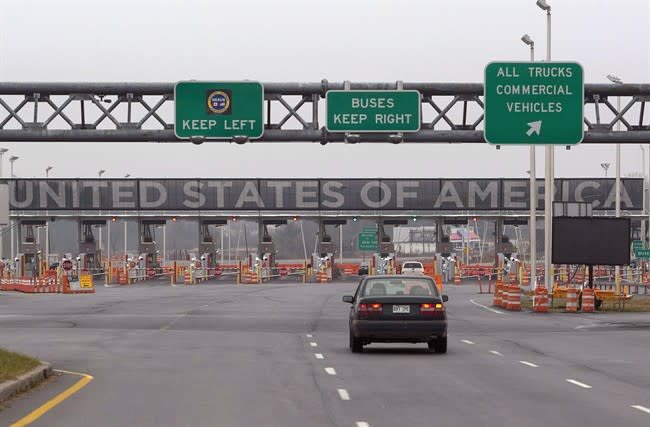Falling loonie poses pros and cons for Canadian consumers
For the last few years, March break for Greg and Melissa Howard and their school-aged son has meant making a break for the border. The Vancouver family has visited Palm Springs, Disneyland, and Hawaii. With the weak loonie, however, this spring they’re looking into getaways on this side of the line.
“I keep thinking this is a good year to avoid the States,” Greg says. “For a family, it’s already expensive enough to travel as it is. It doesn’t make any sense to me to go to the States with the dollar the way it is, and it could go even lower.”
The Howard family may end up swapping swim suits for ski suits, a move that’s just one example of how the weakened loonie is affecting Canadian consumers.
Some tour operators have already started adding a currency surcharge to offset the drop in the value of the loonie against the U.S. dollar.
“If you’re thinking of going to Florida, well, you’re going to pay the price,” says CIBC deputy chief economist Benjamin Tal. “If over next two, three, or four months inflation goes up … it might regain one or two cents, but trajectory is actually for [it to go] lower.”
Travel to sunny spots south of the border is just one way Canadian consumers are going to feel the impact of the weakened loonie.
“When the dollar goes down, import prices rise,” Tal says.
Canada is the United States’ largest goods trading partner with US$616 billion in total traded in 2012, according to the Office of the United States Trade Representative. U.S. goods exports to Canada that year were $291.8 billion.
Among the top categories of goods Canada imports from our neighbours to the south in 2012 were vehicles, machinery, oil and natural gas and agricultural products: fresh and processed fruit and vegetables, snack foods and red meat.
Although prices for imported goods are certain to rise, the good news is it won’t happen quickly.
“For Canadian consumers, there will be an uptick in the price of anything we import from the U.S. or anywhere else in the world as the dollar is weak relative to Europe as well,” says Michael Devereux, professor and school director of the Vancouver School of Economics at the University of British Columbia.
“But that occurs very gradually. The direct relation between the exchange rate and the prices of things you see on supermarket shelves is fairly weak and happens over time. It will be gradual.”
A more immediate effect will be the drop in number of Canadians who take part in cross-border shopping.
“Over the past couple of years there’s been big uptick in people going over the border for one-day trips, but the weaker dollar is going to reduce the incentive to do that for sure,” Devereux says.
There’s a good side to the weaker dollar, though: it makes Canada more competitive, increasing demand for exports, helping manufacturers, and possibly boosting employment. It also means Canadians are more likely to spend their hard-earned dollars at home.
And although cross-border shoppers might not like it, where the dollar sits now might be exactly where it’s meant to be.
“If we look at appropriate value, there’s good evidence that a value of around 90 [cents on the U.S. dollar] or slightly under would be considered an appropriate value,” Devereux says.
“A lot of economists say that when the dollar was up around parity or in the high 90s, it was way overvalued.”

 Yahoo Finance
Yahoo Finance 


